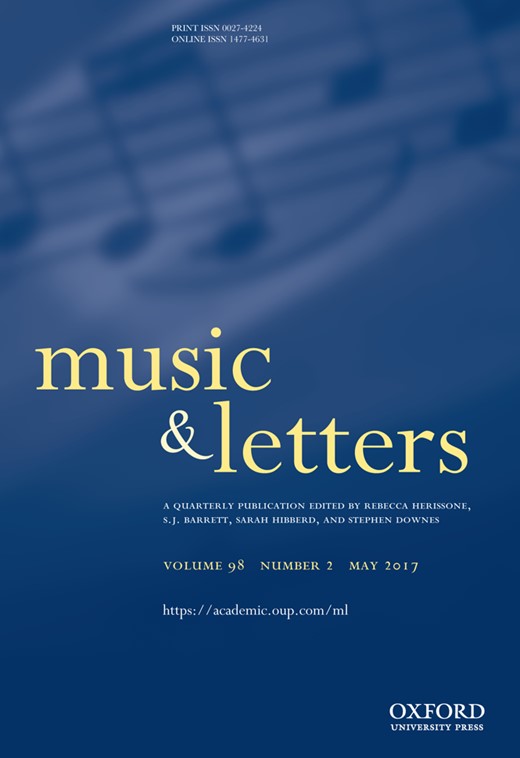-
Views
-
Cite
Cite
Ian Pace, The New State of Play in Performance Studies, Music and Letters, Volume 98, Issue 2, May 2017, Pages 281–292, https://doi.org/10.1093/ml/gcx040
Close - Share Icon Share
Extract
In an essay published in 2004,1 John Rink characterized the field of ‘Performance Studies’ in music as consisting of ‘three overlapping domains’: historical performance practice, the psychology of performance, and analysis and performance. Within these he found a series of problematic biases: towards Western art music, solo piano repertory, and the study of tempo and dynamics. Of these, historical performance practice (or HIP—historically informed performance) is much the oldest, dating back at least as far as the work of François-Joseph Fétis in the 1830s, and gaining in prominence later that century. At the time of Rink’s essay, this field was already starting to embrace the study of historical recordings, building on the pioneering work of Robert Philip, and this has been labelled a subdiscipline in its own right: ‘phonomusicology’.2 (I prefer to see recordings and videos more simply as a source-type for the study of musical performance, with only limited application for the nineteenth century, and almost none for earlier periods.) The study of historical performance practice now includes historical instruments and techniques, performance style and normative practices in specific times and places, and self-reflection on methodological and aesthetic considerations appertaining to the field in general.3 The psychology of performance emerged from the early 1980s onwards, not least through the important work of John Sloboda and Eric Clarke. Analysis and performance came to the fore in the 1990s, stimulated by a debate following the publication of Wallace Berry’s Musical Structure and Performance in 1989,4 and this field has been notable for major contributions from Rink, Jonathan Dunsby, and Nicholas Cook.5



